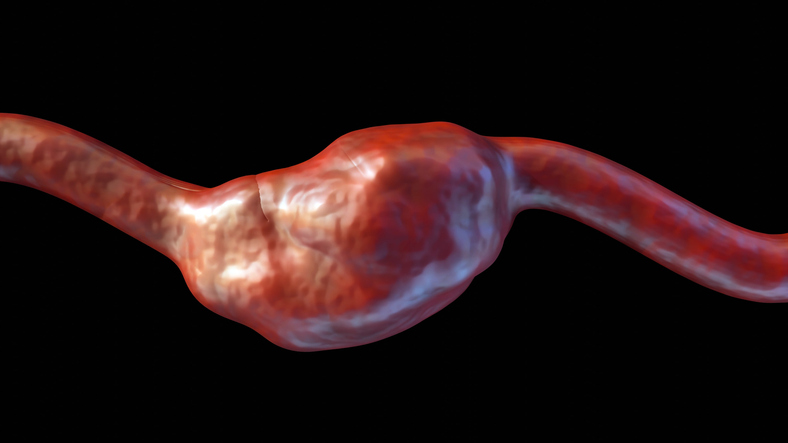
Obesity is a chronic disease with both genetic and epigenetic origins. It is also a global epidemic. According to the Centers for Disease Control and Prevention, up to 41.9% of Americans were affected by obesity in 2020. During the American Society of Preventive Cardiology 2023 Congress on CVD Prevention, leaders in preventive cardiology took the stage to address obesity and its implications on cardiovascular disease. Dr. Donna Ryan discussed the etiologies that contribute to obesity and the pathophysiologic mechanisms that complicate weight loss.
Among the existing theories is the “soggy bathroom carpet” model of over-nutrition-related metabolic disease, which describes the genetic predisposition of some individuals to develop abnormal fat stores when their caloric intake surpasses their energy expenditure.1 Weight loss achieved through dietary restrictions is then complicated by the body’s biological effort to maintain homeostasis through the increase in ghrelin, a hunger hormone, and a decrease in other hormones, including insulin.2 Studies have shown that exercise alone does not counter the disproportionate decrease in resting metabolic rate with weight loss.3 Consequently, an individual must maintain high levels of physical activity and low caloric intake to avoid regaining weight. “The body defends its highest fat mass,” Dr. Ryan explained.
These biologic mechanisms are compounded by the current obesogenic environment, which has contributed to a more than 1-point increase in body mass index across men and women since 1999.4 Social determinants of health play an important role in an individual’s risk of weight gain and obesity. Factors include low socioeconomic status (SES) and the impact living conditions have on distance from fresh food (eg, residence in a food desert) and access to safe areas for exercise.5 It is important to recognize the cumulative impact of these social factors over time, too, as children from low SES households are more likely to be obese and to gain weight at later stages of life than their counterparts from higher SES households.6
Addressing the obesity epidemic must involve continued investigation into the complex relationship between genetics and environment, as well as a commitment to dismantling institutional racism and destroying the systemic barriers to livable wages and access to healthy food and safe neighborhoods, among other factors. Dr. Ryan concluded with a reminder to partner with patients through the ups and downs of weight loss, as weight regain is an expected metabolic reaction and should not be stigmatized. “To me, the most important part of having this knowledge is how we interact with our patients,” she emphasized.
Dr. Claire Cambron is a chief resident at the Oregon Health & Science University and served as a CardioNerds Conference Scholar during the American Society of Preventive Cardiology 2023 Congress on CVD Prevention.
References
- O’Rahilly S. “Treasure your exceptions” – studying human extreme phenotypes to illuminate metabolic health and disease: the 2019 Banting medal for scientific achievement lecture. Diabetes. 2021;70(1):29-38. doi:10.2337/dbi19-0037
- Sumithran P, Prendergast LA, Delbridge E, et al. Long-term persistence of hormonal adaptations to weight loss. N Engl J Med. 2011;365(17):1597-1604. doi:10.1056/NEJMoa1105816
- Johannsen DL, Knuth ND, Huizenga R, et al. Metabolic slowing with massive weight loss despite preservation of fat-free mass. J Clin Endocrinol Metab. 2012;97(7):2489-2496. doi:10.1210/jc.2012-1444
- Fryar CD, Kruszon-Moran D, Gu Q, Ogden CL. Mean body weight, height, waist circumference, and body mass index among adults: United States, 1999-2000 through 2015-2016. Natl Health Stat Report. 2018;122:1-16. PMID: 30707668
- Cockerham WC. Theoretical approaches to research on the social determinants of obesity. Am J Prev Med. 2022;63(1 Suppl 1):S8-S17. doi:10.1016/j.amepre.2022.01.030
- Pudrovska T, Reither EN, Logan ES, Sherman-Wilkins KJ. Gender and reinforcing associations between socioeconomic disadvantage and body mass over the life course. J Health Soc Behav. 2014;55(3):283-301. doi:10.1177/0022146514544525







 © 2025 Mashup Media, LLC, a Formedics Property. All Rights Reserved.
© 2025 Mashup Media, LLC, a Formedics Property. All Rights Reserved.